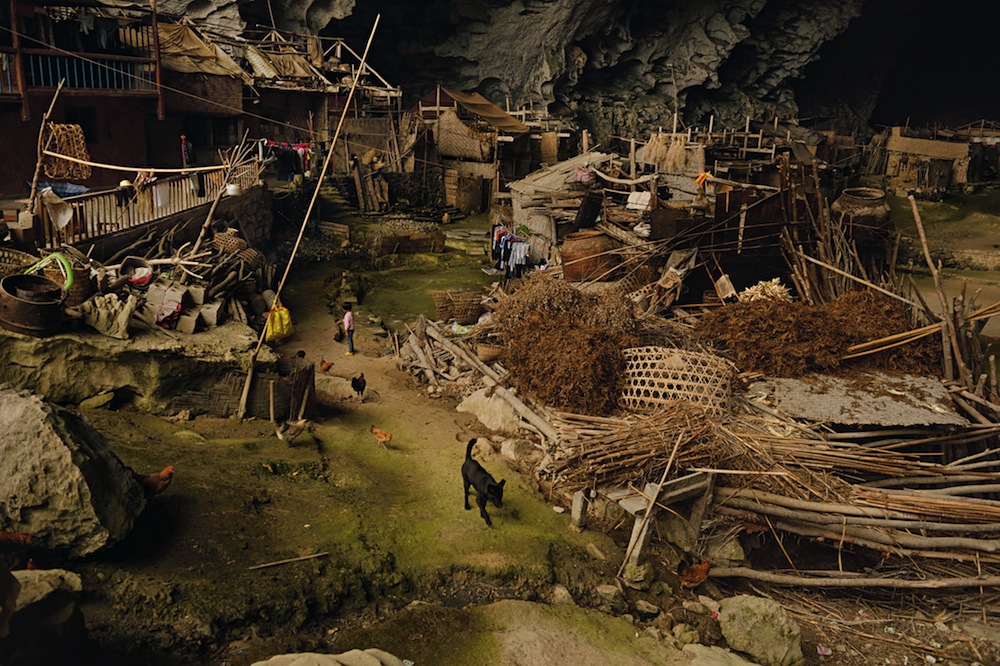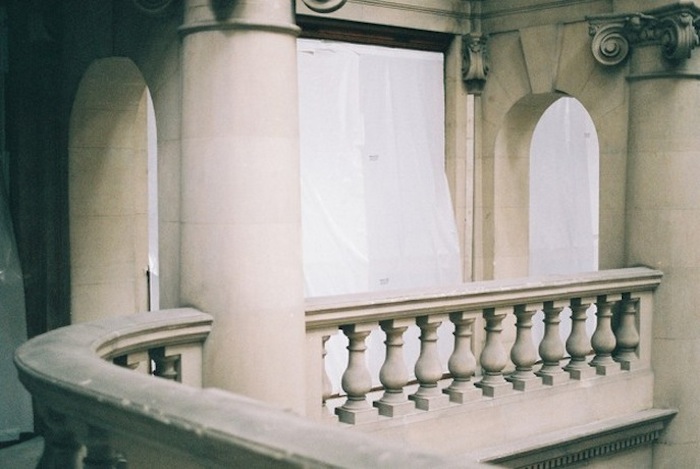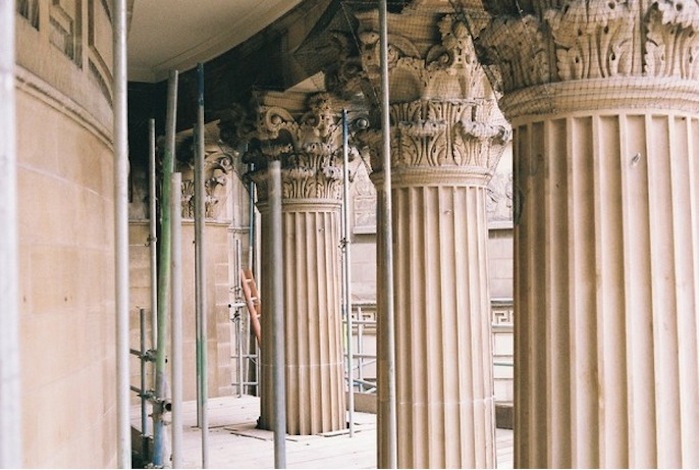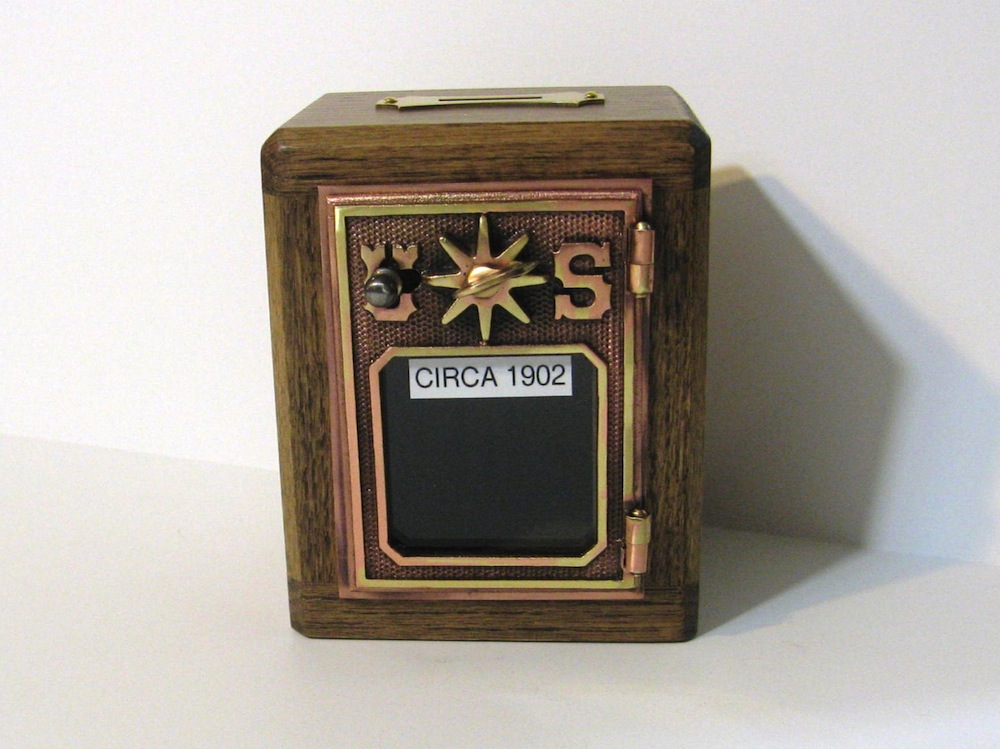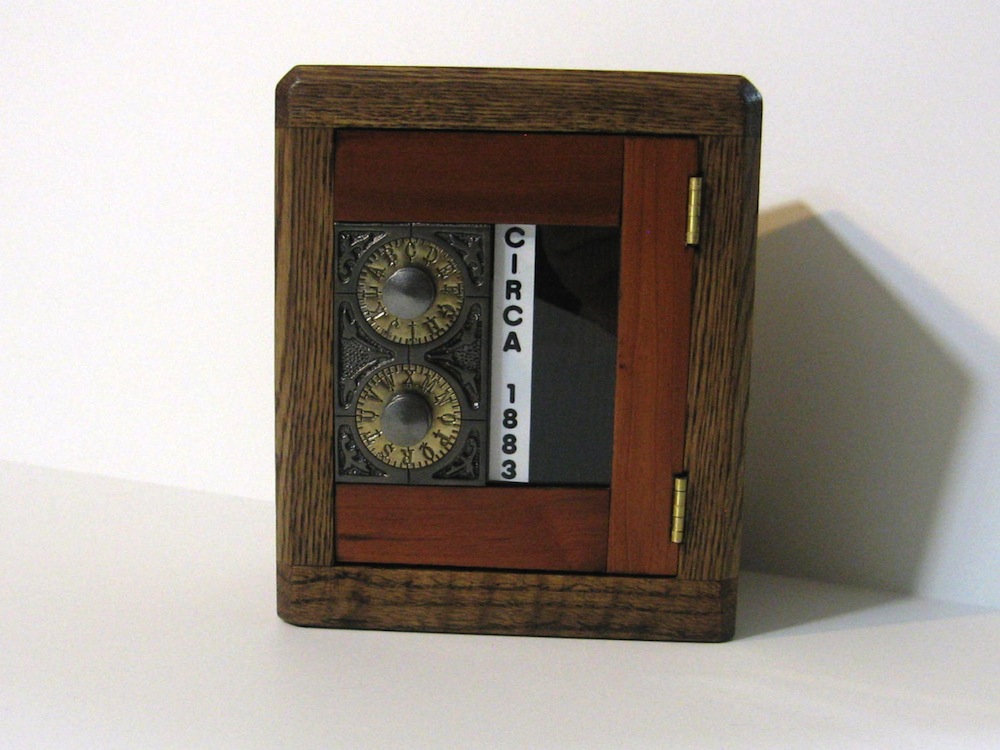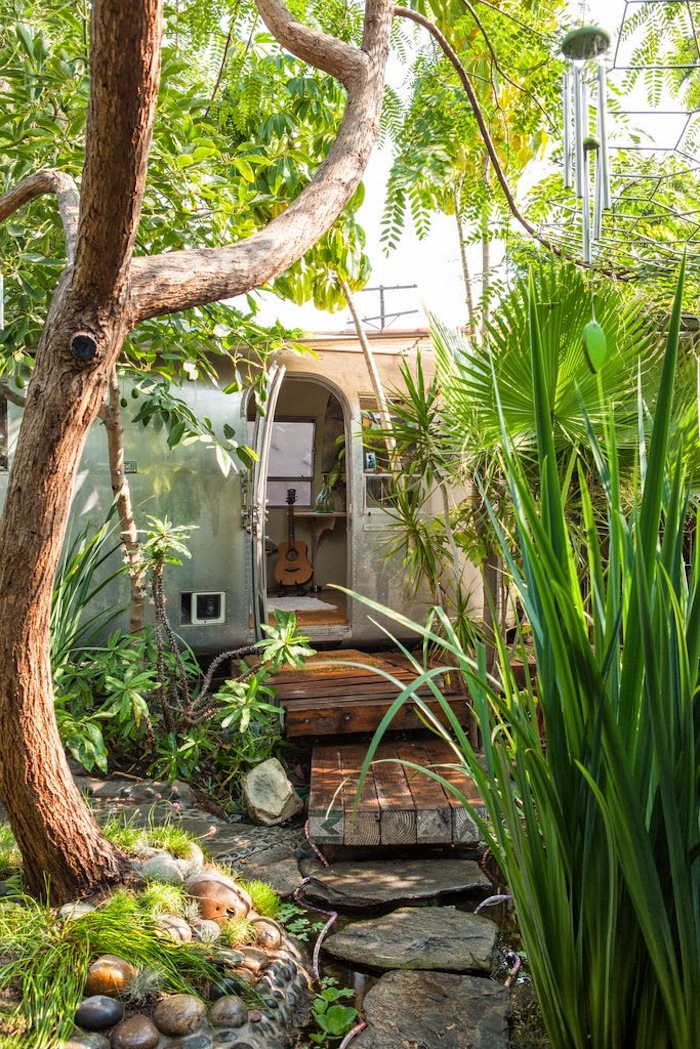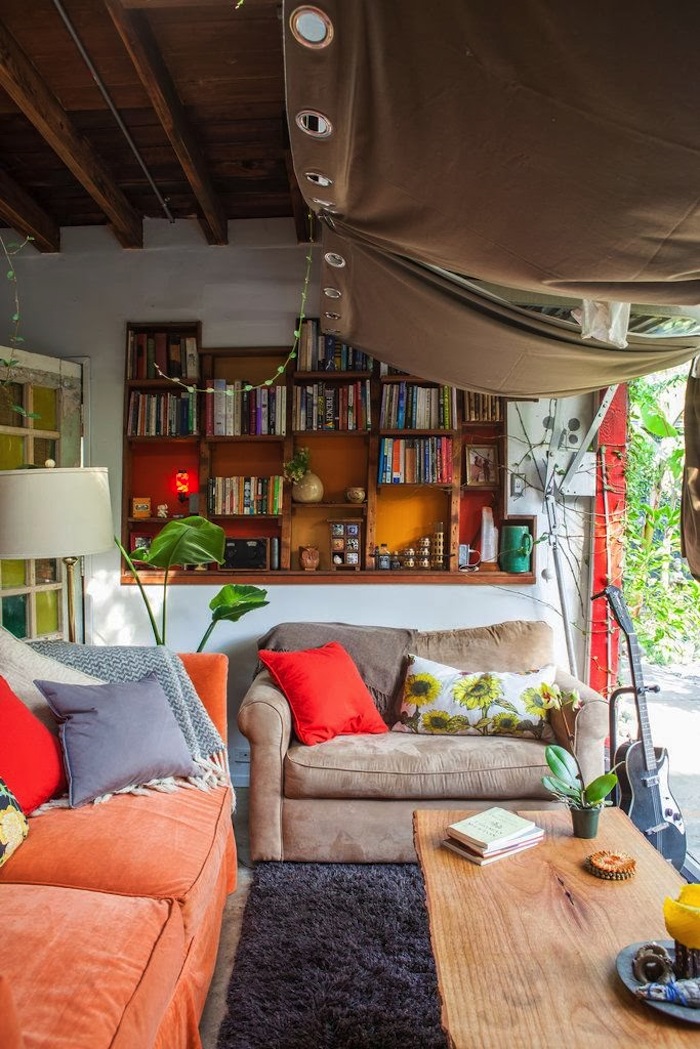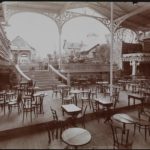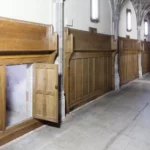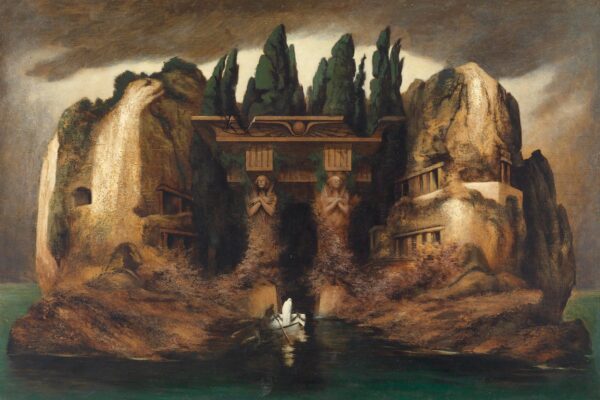1. A Chinese Cave Village
Uphill from the giant Miao Room, 21 families from the Miao minority live under the roof of a cave. They first came, elders say, because of the reliable spring. The cave now contains a basketball court and a shuttered primary school. An entire village housed in a 600-foot-wide cave [under] roofless bamboo homes. Enough tourists every week … that officials now pay the cave dwellers to stay put rather than move to modern homes outside it.
Found on Empire of the Rock: China’s Supercaves, a feature by National Geographic.
2. A Re-discovered Underground Theatre
In 2010, a £55 million renovation project began on Liverpool’s central library. The historic structure underwent extensive refurbishment to open parts of the library which had never been accessible to the public, but also to be discovered by workmen after decades of neglect was the sunken circular amphitheatre-style space in the basement of the Picton Library. Photographer Christopher Gray captured the space as it was being re-discovered…
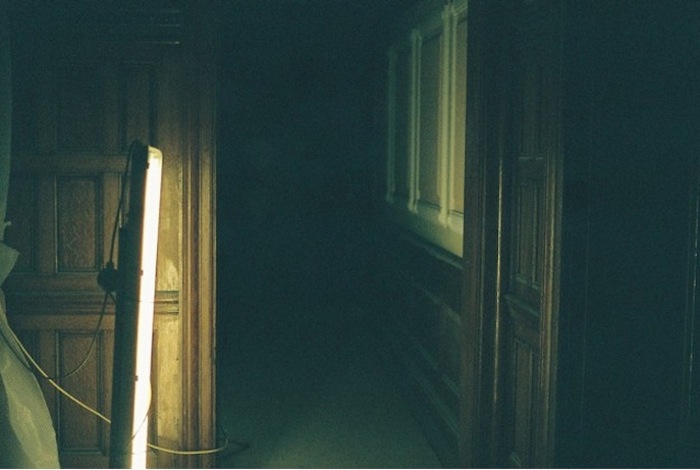
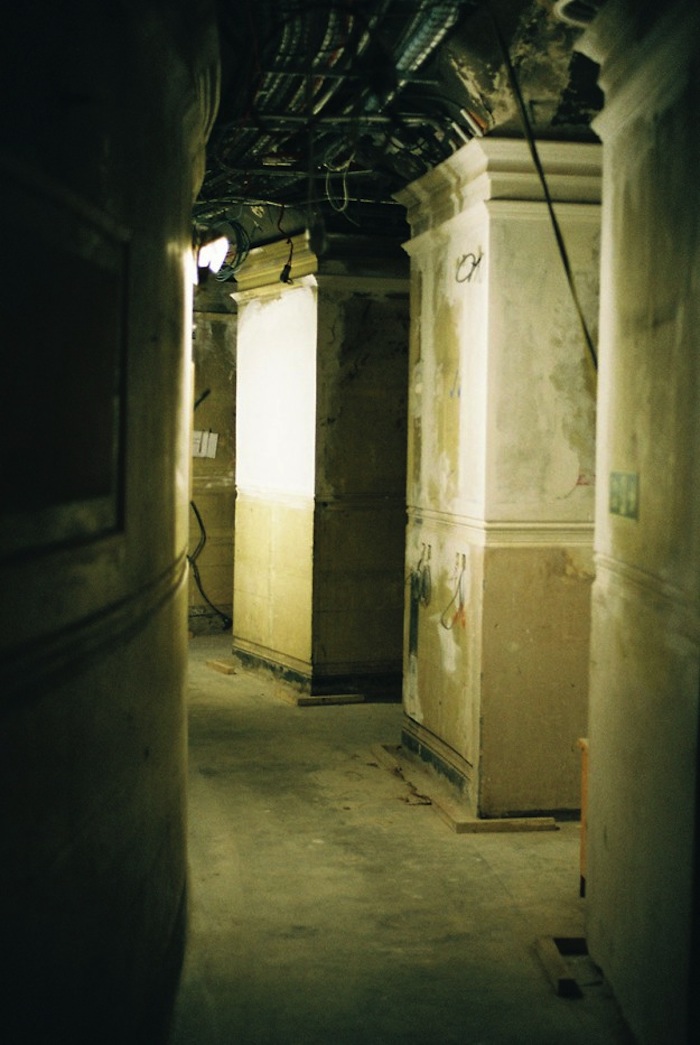
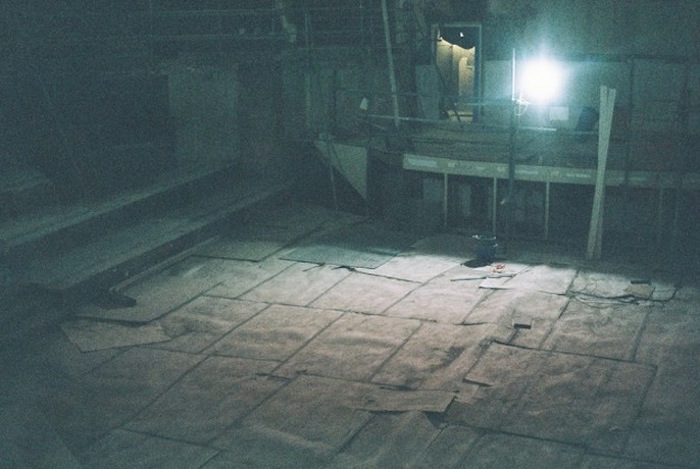
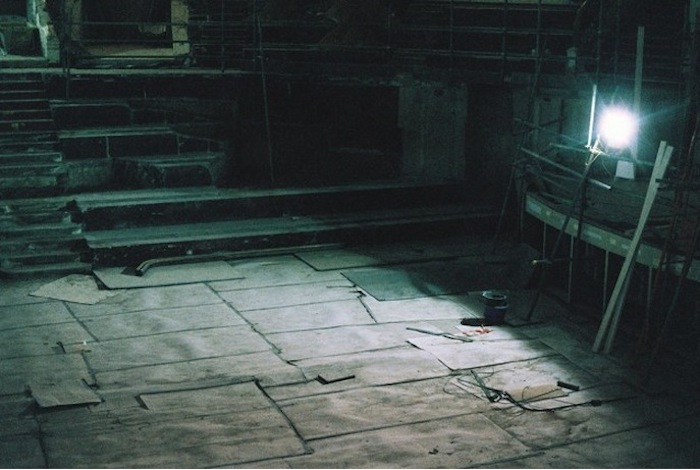
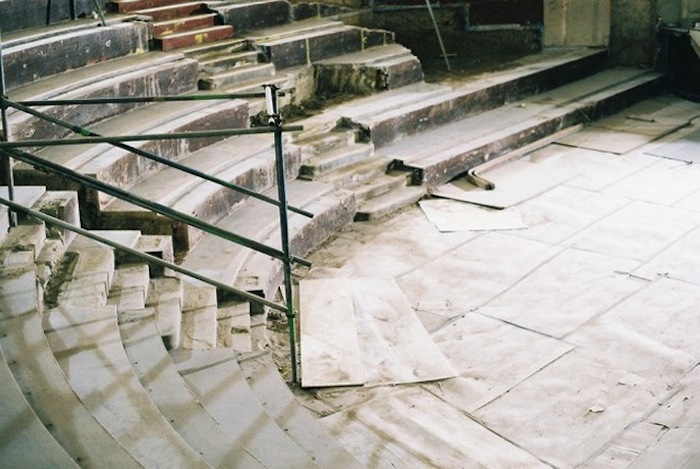
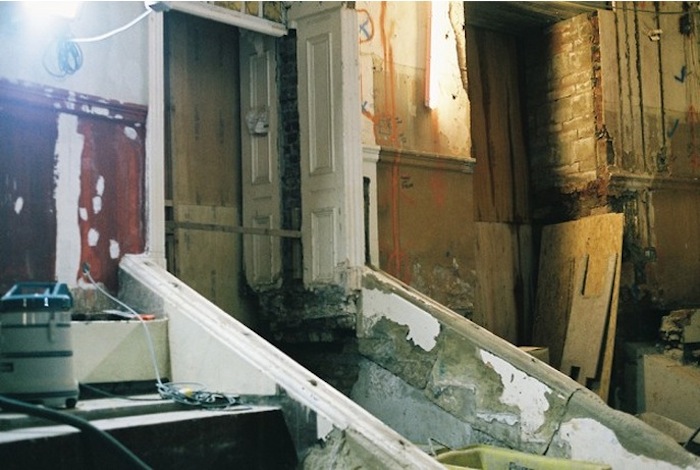
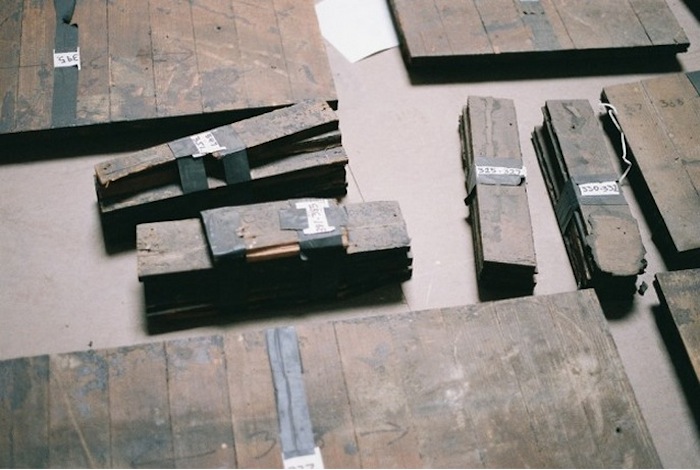
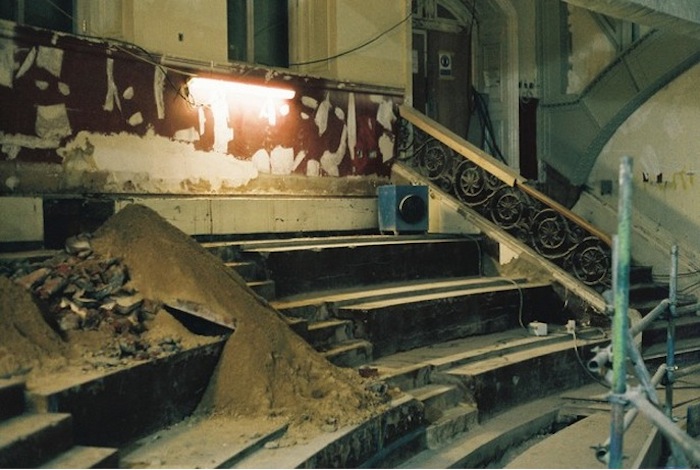
As of 2013, the works have been completed and the old theatre of the Picton Library has now become the children’s ‘Discover’ library. Perhaps not what preservationists would have had in mind for the space, but at least its going to good use.
Found on Nothing Specific
3. A Victory Garden in a Bomb Crater, London, 1943
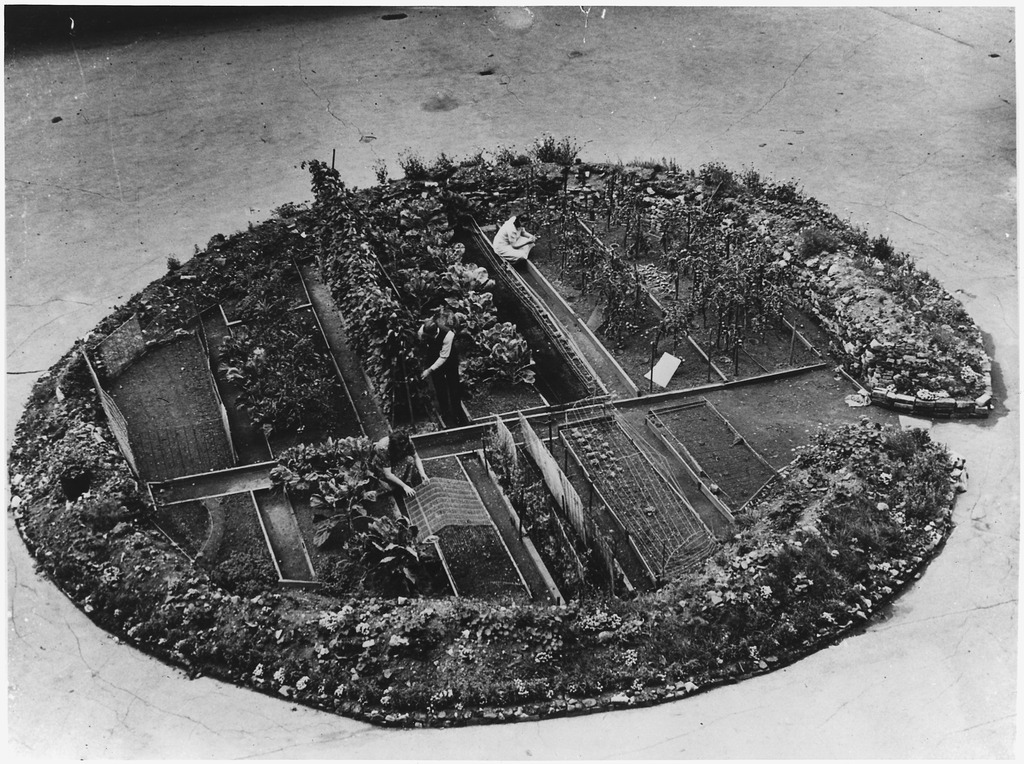
Victory gardens, or sometimes known as war gardens, were vegetable, fruit and herb gardens planted at private residences and public parks in the United States, United Kingdom, Canada and Germany during World War I and World War II. They were used along with food stamps to reduce pressure on the public food supply. Around one-third of the vegetables produced by the United States were from victory gardens. In addition to indirectly aiding the war effort these gardens were also considered a civil morale booster — in that gardeners could feel empowered by their contribution of labor and rewarded by the produce grown. This made victory gardens become a part of daily life on the home front.
Found on Wikipedia
4. Romantic, Hopeful French Pictorial Postcards of World War I
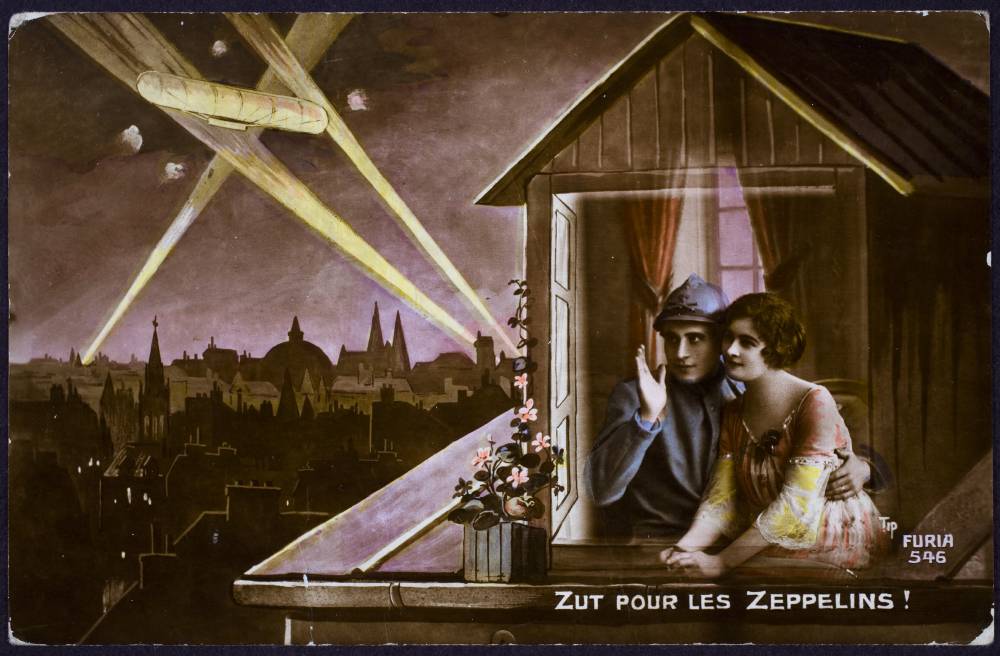
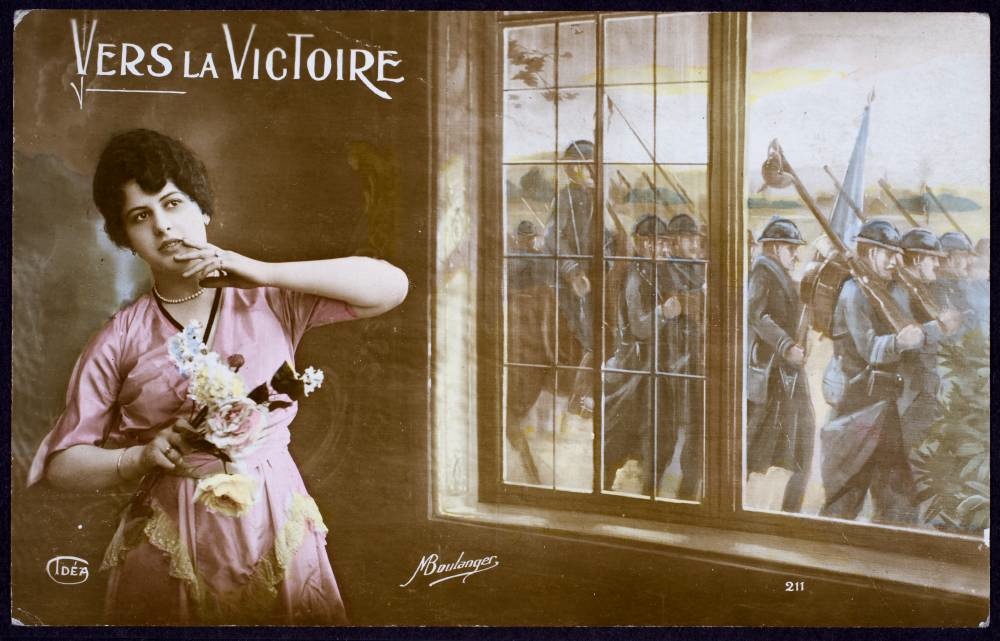
From a set on Flickr, found on The Vault.
5. The Walking Library


Found on the Cincinnati Public Library Tumblr.
6. This Guy.

This young man sits on the side of Empire Road in South Africa and instead of begging he provides book reviews. He collects all these books, reads each of them, and provides reviews for people passing by. If you like the review, he will try to sell you the book. This is how he makes a living.
Found on Reddit.
7. Vintage Post Office Box Banks For Sale
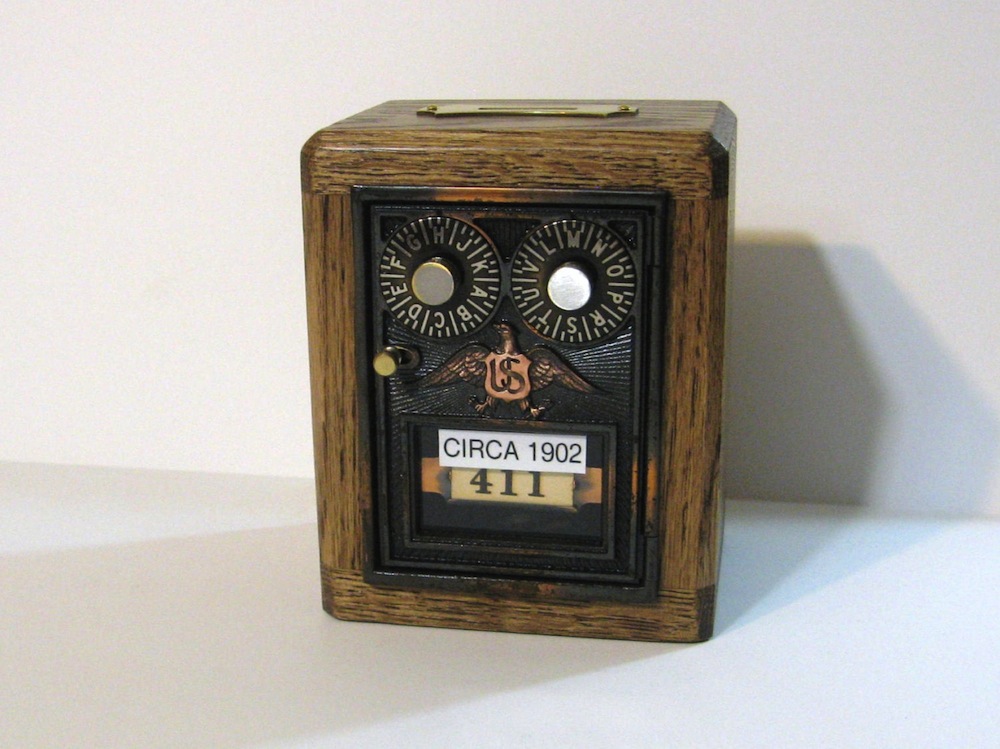
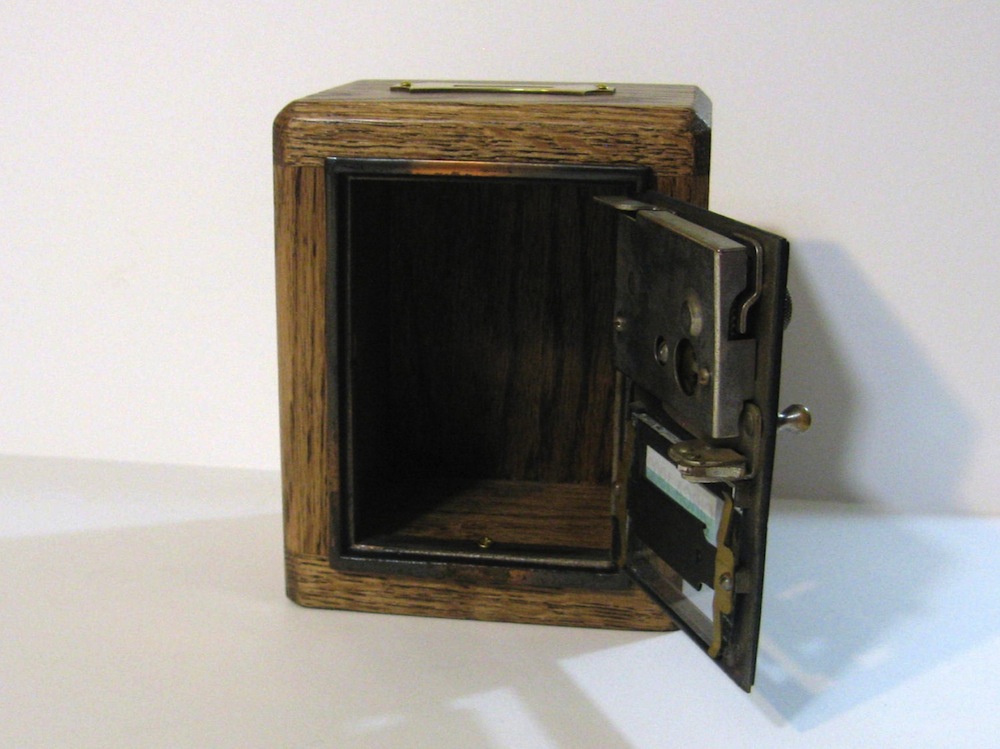
Restored by Boxes N More, for sale on Etsy. They also make fairy doors.
8. A Gold Dispensing ATM
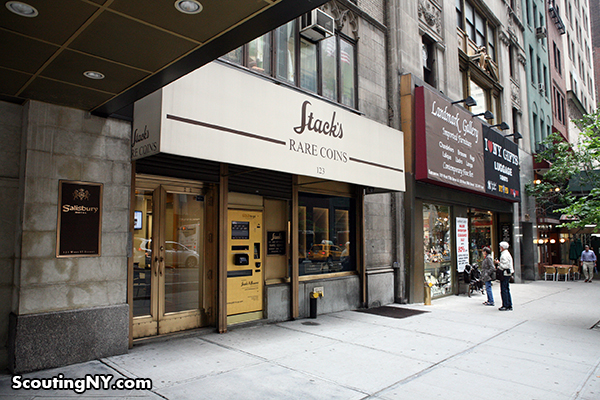
Run by Stack’s Bowers Galleries, the collectible coin retailer/auctioneer, the ATM (currency exchange vending machine?) allows you to insert your debit card and buy gold bars in 1 oz ($1,327), 10g ($490), or 5g ($255) on the spot, along with several gold and silver coins. Prices are updated every 60 seconds based on the market.
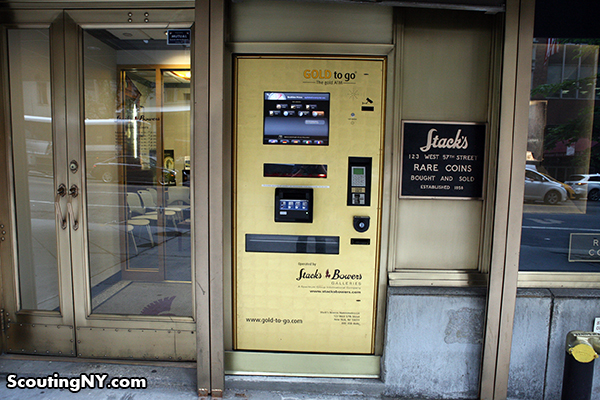

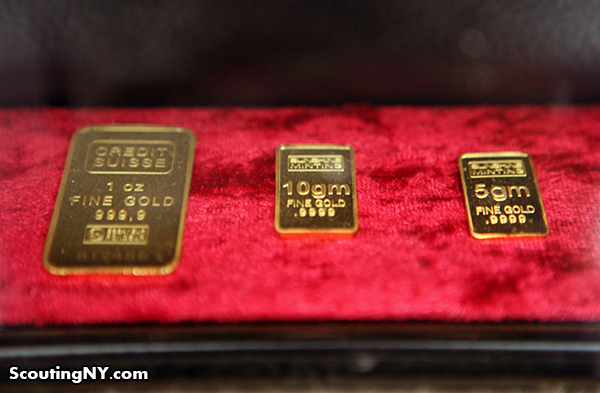
Found on ScoutingNY
9. This Russian Wedding Limo


More photos of the unusual car on English Russia.
10. A Botanical Bohemian Home
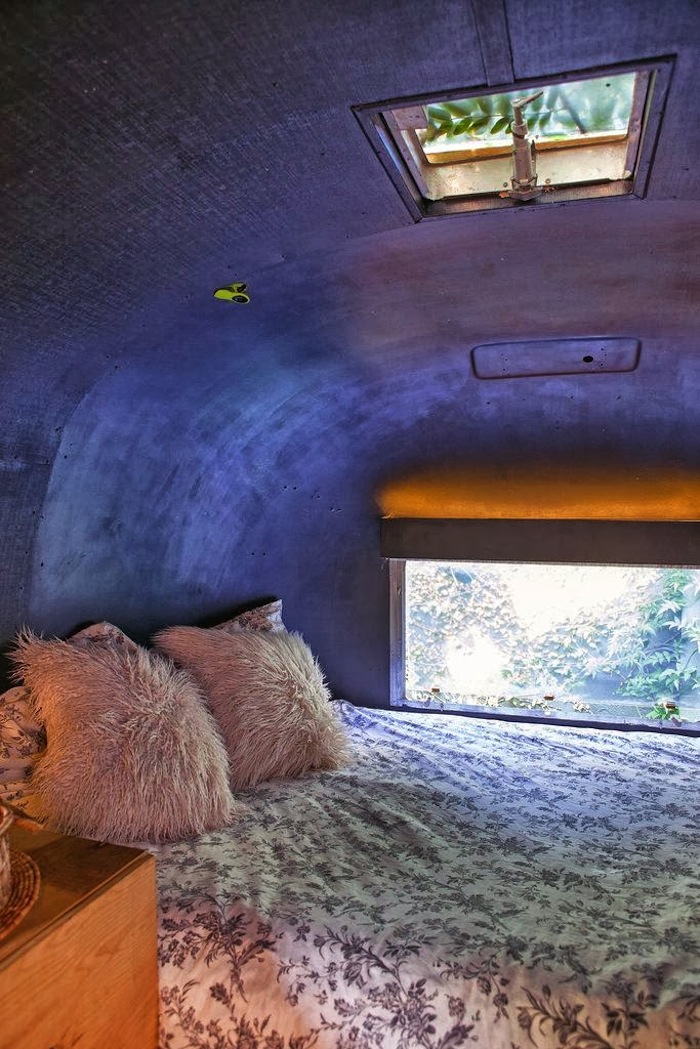
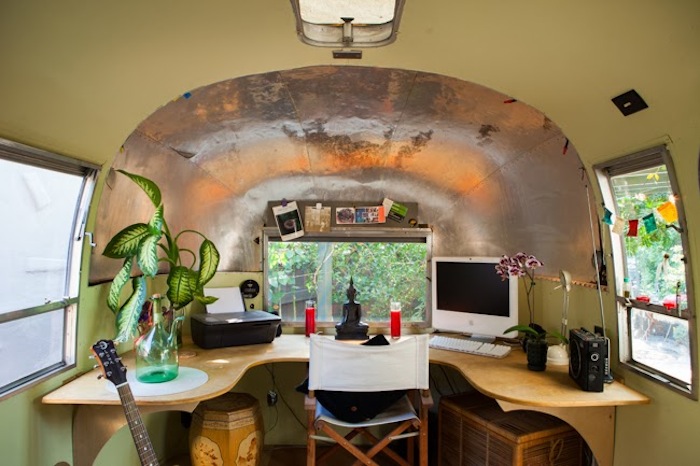
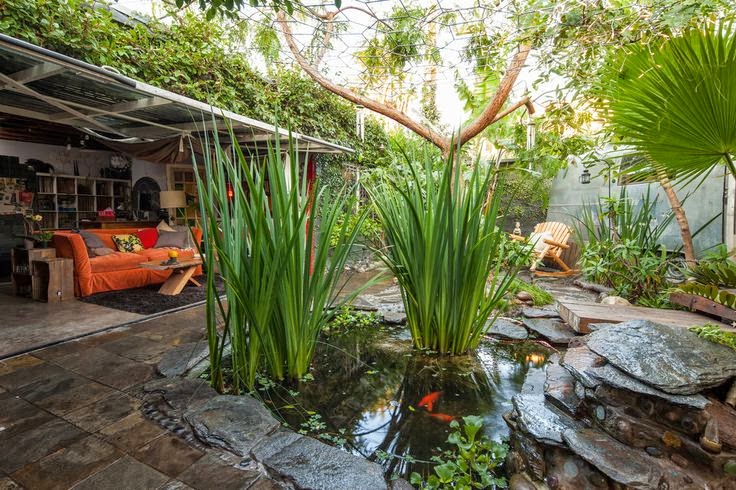
This dreamy bohemian habitat is the Los Angeles home of English artist and musician Mileece Petre. Full feature found on The New York Times.
11. These Cheeseboards




Entirely handcrafted and hand-painted on reclaimed wood by Millie Fairhall. Shop thecollection here.
12. The Smallest Classical Theatre in the World
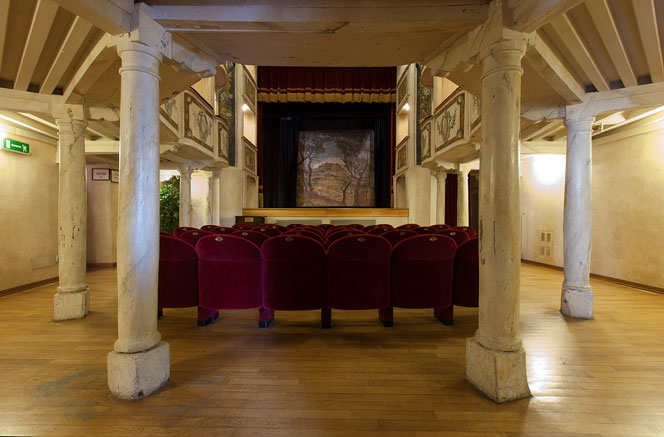
Teatro della Concordia, in Monte Castello di Vibio (Perugia, Italy), was built by a group of rich local families in the beginning of the 19th century, during Napoleon’s occupation. It opened in 1808.
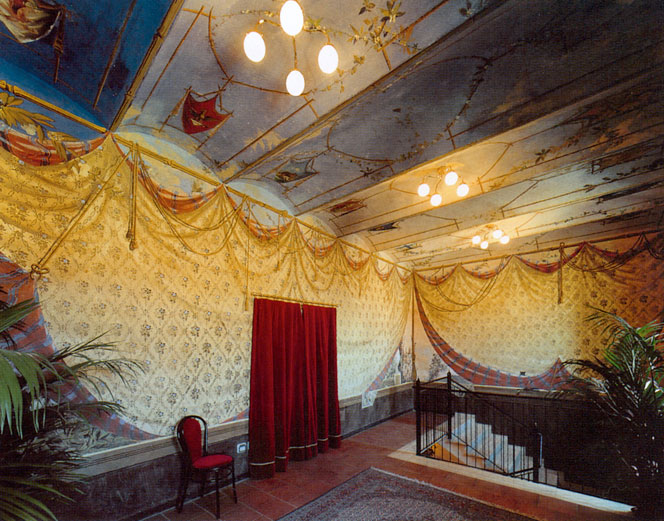
In 1993, after the latest restoration, the municipality started using the official definition of “smallest theater in the world”. Obviously this sparked great controversy, with many other theaters claiming they hold the record for “smallness” (let’s not forget that court theaters are scattered all over Europe). However, only the Concordia is a faithful scale model of the great Italian and European theaters: it has a bell-shaped floor plan, a proscenium, fresco decorations on the entire surface and in the foyer, dressing rooms, a meeting room, a grand staircase entrance, a lobby, a ticket booth… All the classic architectural elements of the “Italian theater” are here, made in unrivalled Lilliputian size.
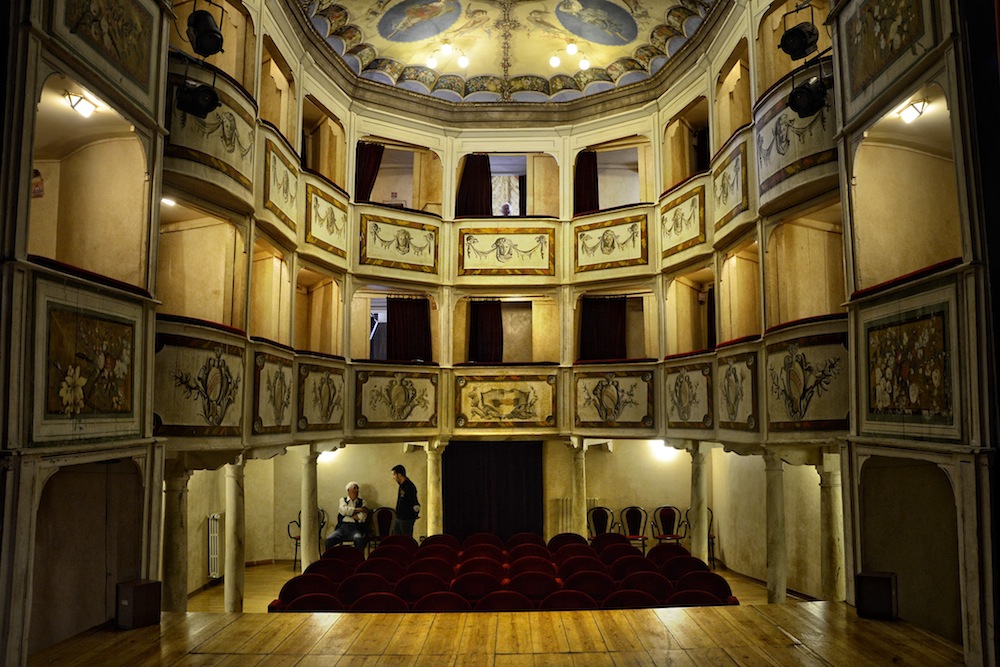
To mention a few numbers: there are 99 seats (37 in the arena and 62 in the boxes), squeezed in 68 square meters, while the stage measures 50 and the foyer is 29.
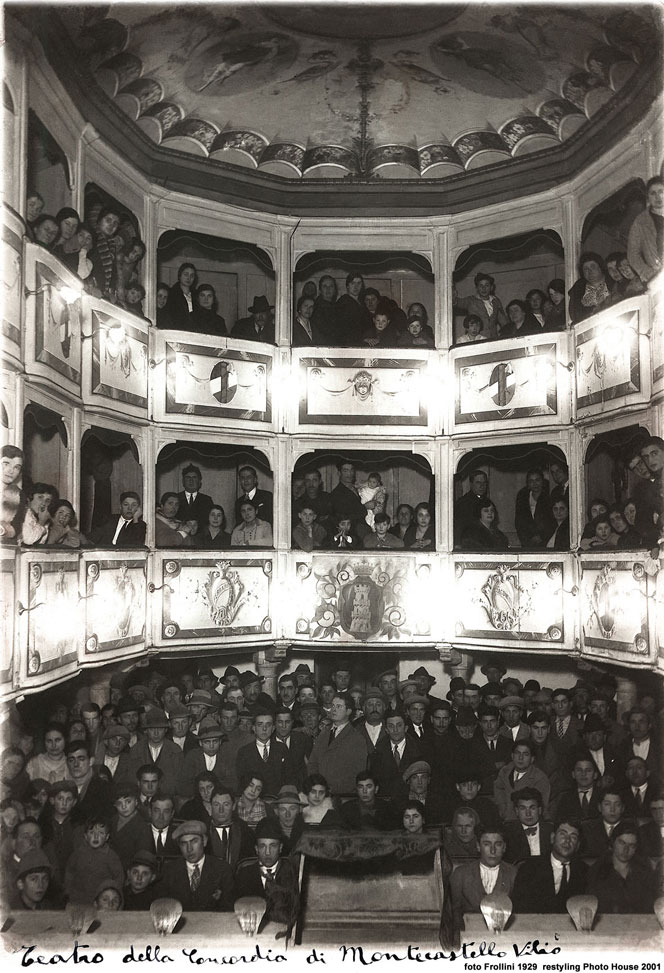
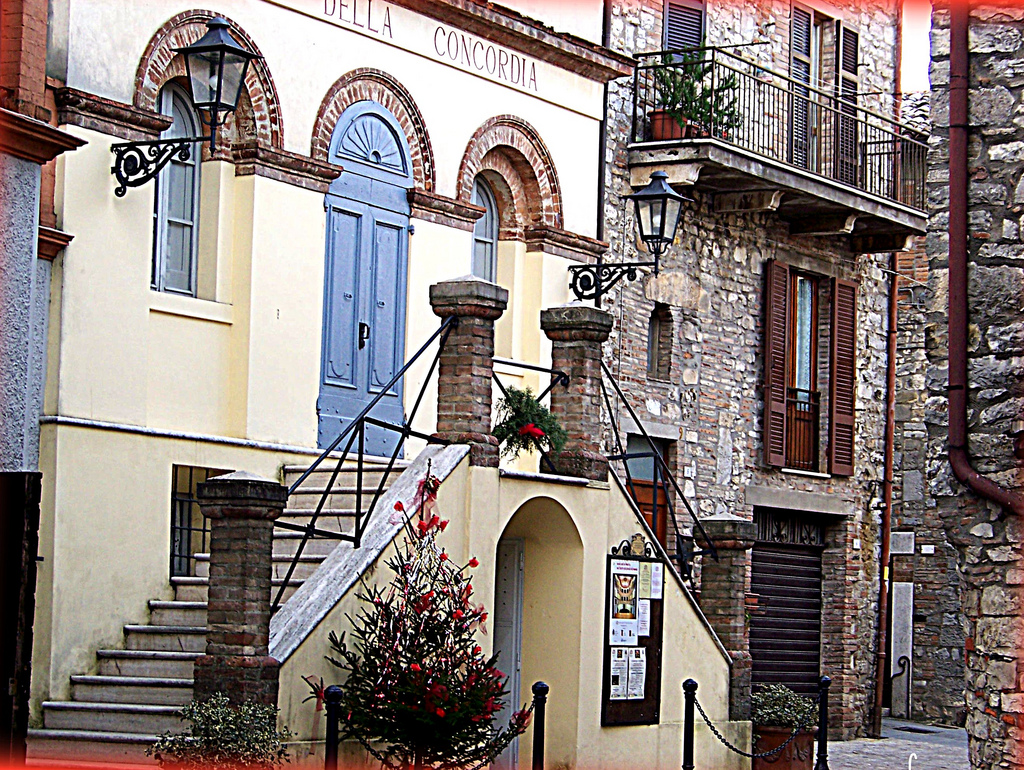
Found on Italian Ways
13. Vanishing Island


